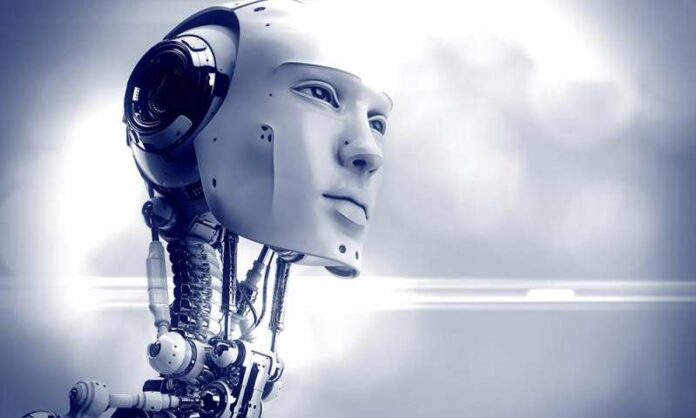IoT robotics field opens new advances in cooperative learning among humans and robots in which or even among robots where robots can learn from each other and develop their behavior through IoT data and shared experiences.
IoT and robotics do the same roles to achieve different ends, IoT sensors are used to collect data and communicate information’s where robotics uses sensors to control actions and motion paths. With the emerging AI, technology organizations are combining IoT sensors and robotics which is sometimes called the Internet of Robotics Things. The IoT robotics uses a huge amount of sensor data in the AI algorithms from different sources to increase robot sensing capabilities much beyond the current embedded sensors.
IoT robotics ensure workplace safety
Most of the organizations are using robotics for automation in manufacturing production for years. These IoT robotics can provide additional safety precautions by collaborating with powerful robots in the industry. Most of the machines have the potential to inflict harm when failures arise such as jams or flying objects. Robots with IoT integrated AI models can easily detect and predict machine failures. IoT devices that monitor constantly the presence of human counterparts communicate to the robots within their locations to check the safety operations. By combining IoT and robots helps to provide redundancies to ensure the safety levels during instances of any human error.
Robots prevent the spread of infection
Using IoT robotics has been expanding as the technology is emerging and will provide new opportunities in healthcare mostly during the novel coronavirus conditions. Most of the healthcare provider and organizations need contactless technology to keep the people safe and also provide early detection of contamination and monitor the health using sensors can provide better analyses and helps to increase disinfecting protocols when robots perform contactless disinfection of certain areas and objects.
COVID 19 pandemic shows how vulnerable is the health workers to get infected when they are monitoring their patients. These IoT robots in the future can go into patient rooms and perform measurements for obtaining information from new IoT sensing technologies such as imaging for looking patients breathing or audio recoding that helps to listen to cough severity. When the works get over these robots are disinfected and provide AI-driven observations to the health workers to help in increasing their knowledge and decisions.
In this way, the healthcare industry can collect knowledge and develop diagnosis or treatment of the diseases. Also, these IoT robots can help isolate specific sources of contamination when touched objects or food contaminations frequently.

